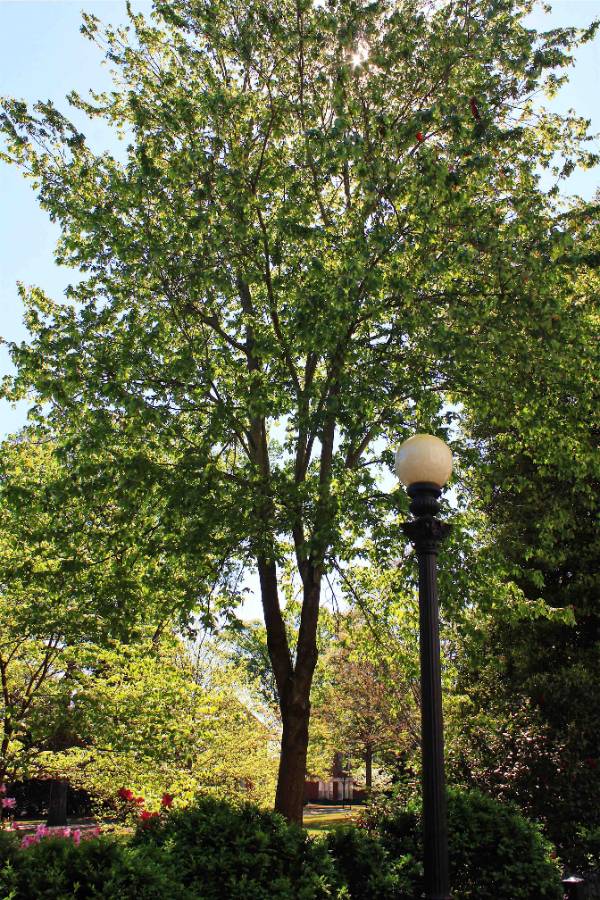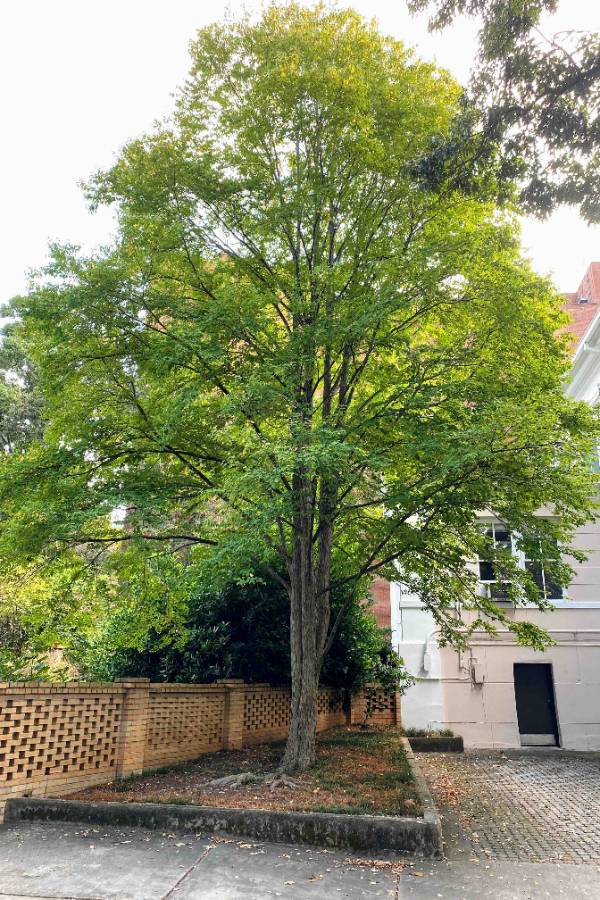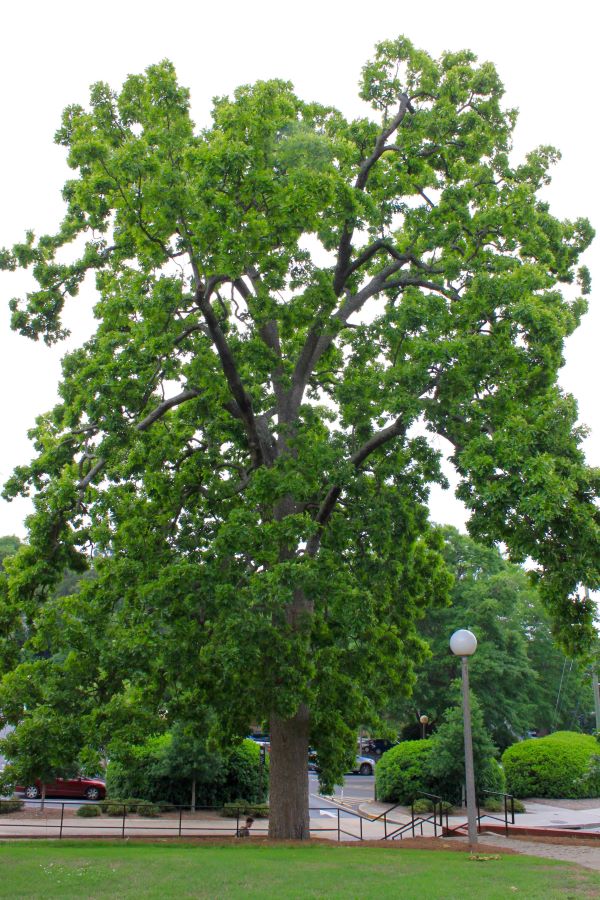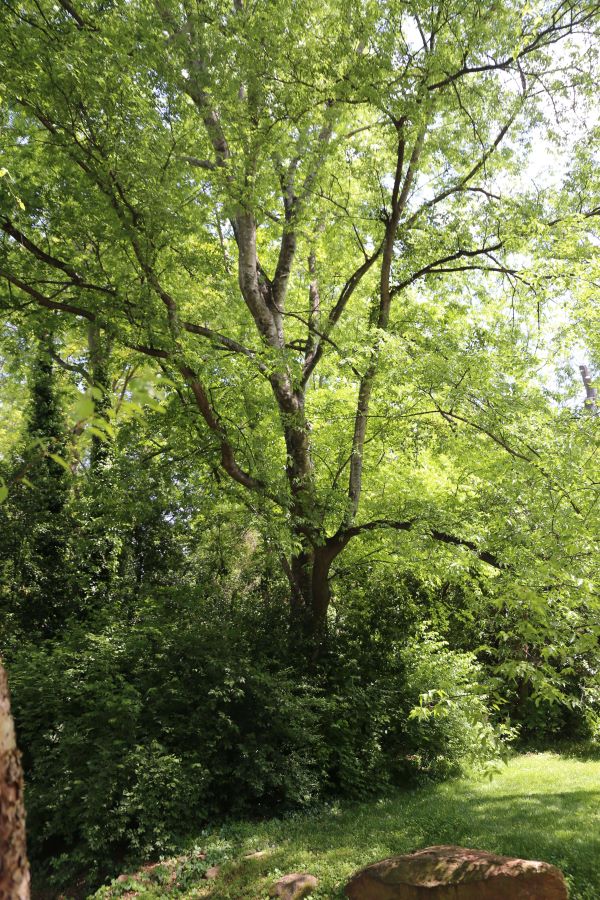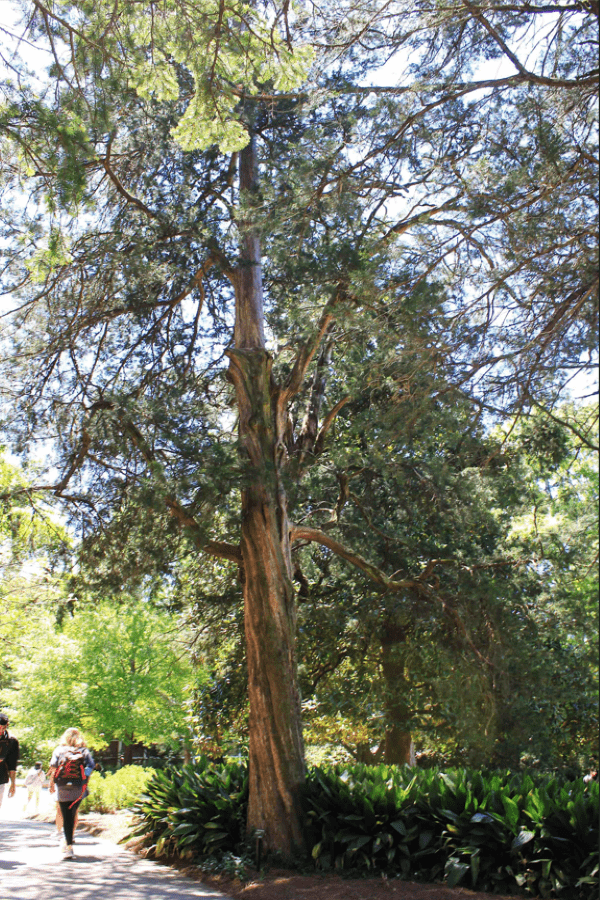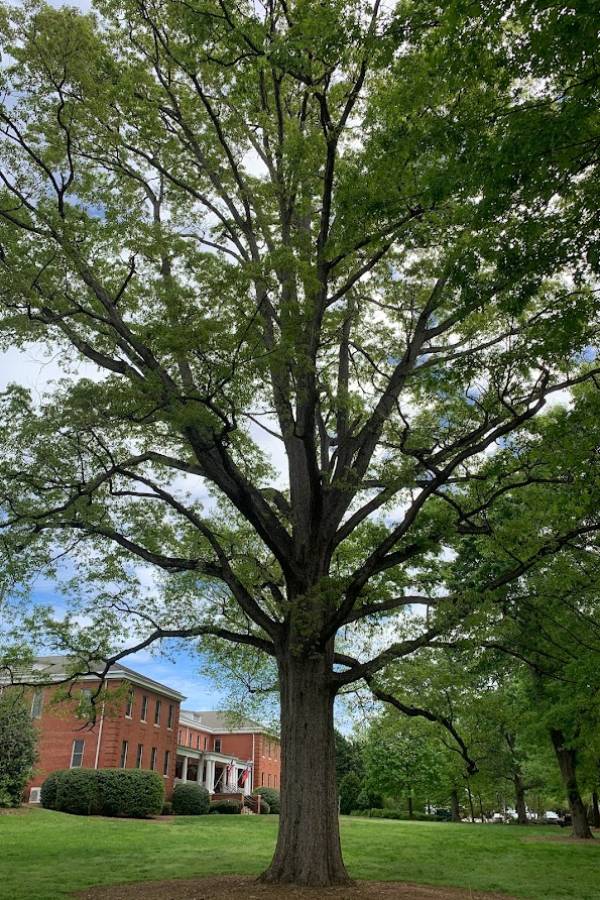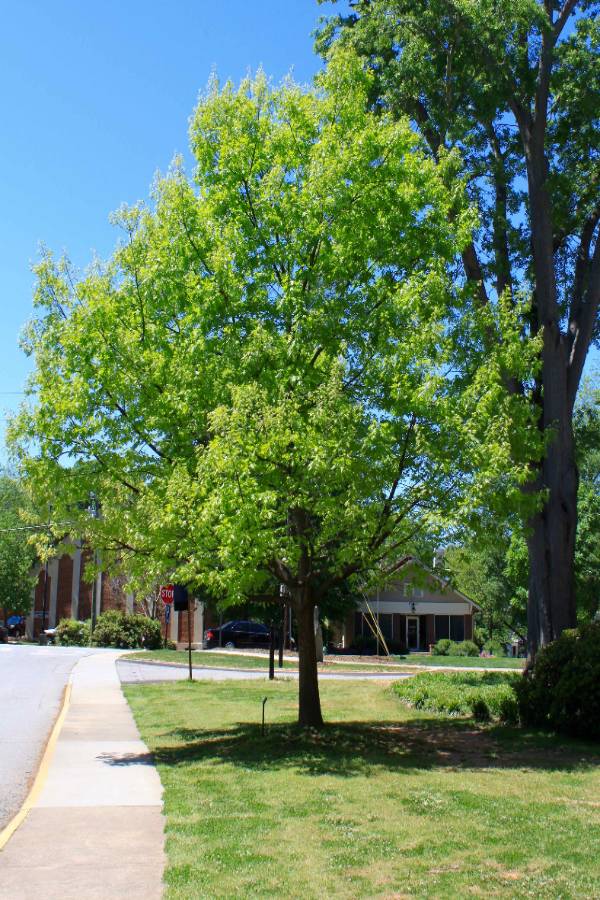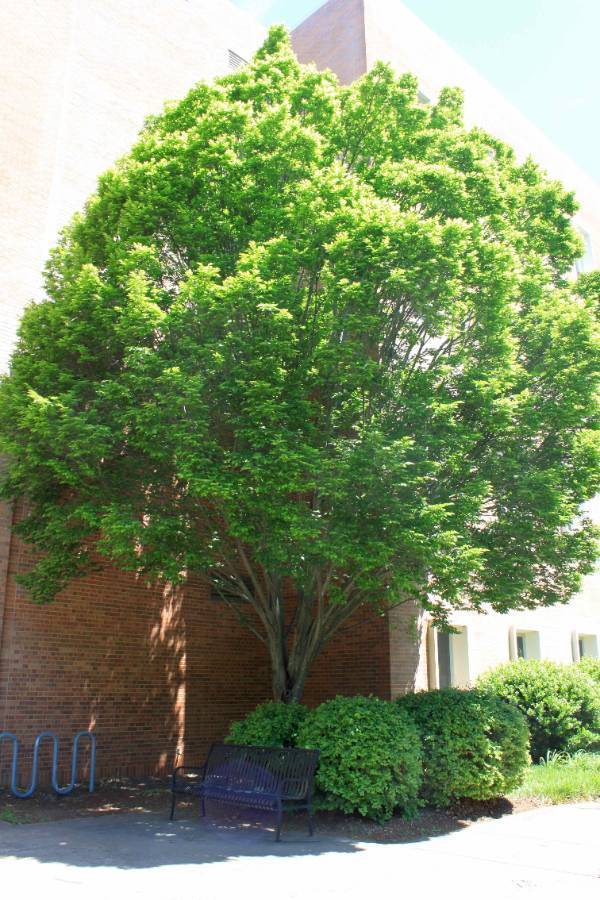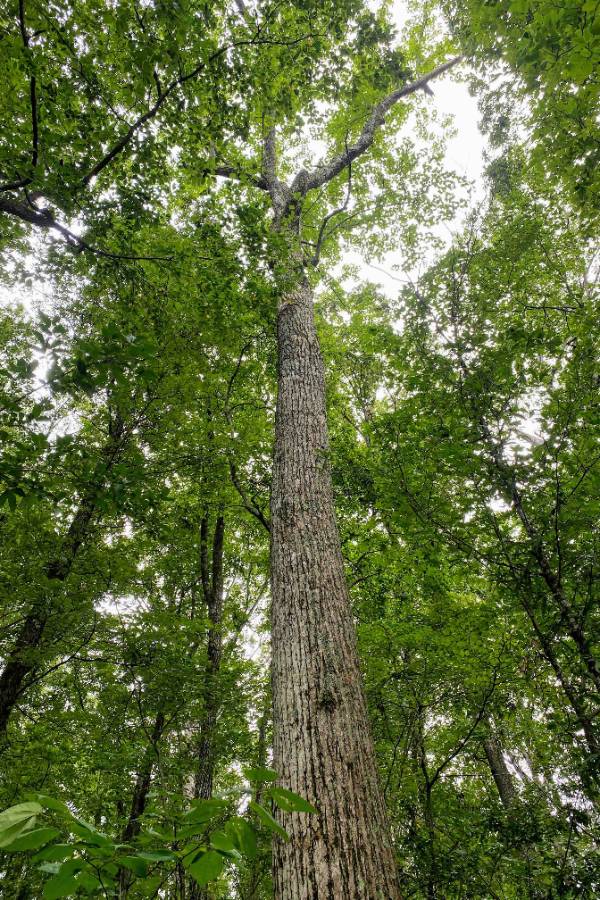Campus Arboretum
Preserving campus trees for education and enj0yment
The University of Georgia campus is one of the most beautiful in the United States. Stately, noble trees provide human scale, a sense of place, cooling shade, and tranquility. The mission of the Campus Arboretum is to provide biologically diverse and aesthetic collections of trees, shrubs, and herbaceous plants in designed settings for the enjoyment and education of students, staff, faculty, and visitors, and to map, label and otherwise promote the extant and future tree and shrub collections.
Campus Arboretum Walking Tours
Designation of the UGA campus as an arboretum ensures sustained tree planting and maintenance while providing valuable opportunities for research and learning. The tremendous woody plant diversity serves classes in Plant Biology, Forestry, Ecology, Horticulture, and Landscape Architecture. Students in art, photography, literature and other disciplines utilize the Campus Arboretum as a natural extension of the classroom. Visitors of all ages can experience campus history and culture while learning about campus trees.
Campus Arboretum Walking Tours highlight specimen trees in North, Central, and South areas of campus. Below are links to virtual tours that can be experienced from anywhere in the world through the screen of a personal device, as well as by traversing the campus in person. Printable maps with hand-drawn leaves from highlighted tree species are available for the North Campus Walking Tour (PDF). Campus visitors can keep an eye out for small signs at the feet of the trees identified on these tours.
Help Support the UGA Campus Arboretum
The UGA Campus Arboretum Fund promotes development, use, and visibility of the UGA Campus Arboretum. Donations of any amount are very much appreciated. Donors who give $1000 or more will be recorded at the D.W. Brooks Mall Arboretum Memorial.

History
In 2000, the entire University of Georgia campus in Athens, GA was designated as an arboretum. The University of Georgia Arboretum was established to provide biological and aesthetic collections of trees, shrubs and herbaceous plants in designed settings for the enjoyment and education of students, faculty, staff and citizens of Georgia. Its mission includes mapping, labeling and otherwise promoting the extant and future plant collections. An Arboretum Committee comprised of faculty, staff, students, and community members was also established to provide leadership and expertise with regard to the health and diversity of the campus’ trees. The committee also has the responsibility of encouraging innovative projects that address teaching, research, public access, and related activities, such as mapping, signage, and the D.W. Brooks Mall Arboretum Memorial. The university’s Grounds Department is charded with maintenance of the existing collection and incorporation of new species. In 2011—and every year since—UGA received Tree Campus USA recognition for its ongoing commitment to healthy campus tree management.
Previous arboreta and botanical gardens were established on campus but succumbed to development. The first, established 1833-1854, was located just east of the campus and downtown Athens. The second, located on south campus incorporating the remaining natural area referred to as Lumpkin Woods, was started in the early 1900s by T.D. McHatton of the Horticulture Department; the large Quercus dentata, Quercus virginiana, and Cedrus deodara are remnants from this effort. The State Botanical Garden of Georgia, established in 1968 and sited off campus to protect it from encroachment, remains a vibrant and thriving environment for learning, inspiration and engagement through horticulture, conservation, science-based programs and lasting partnerships.
